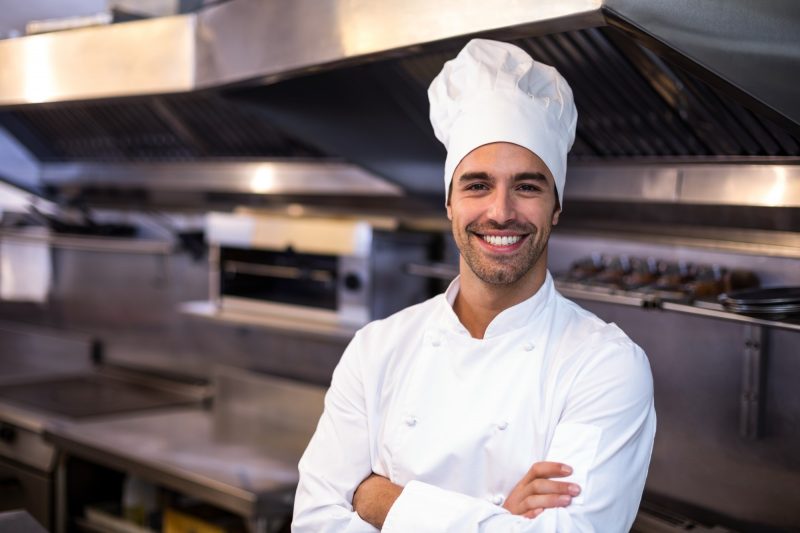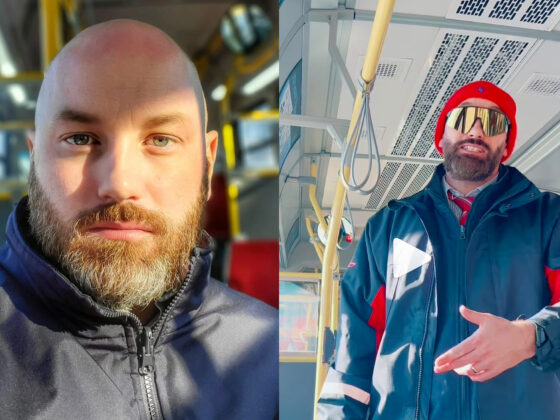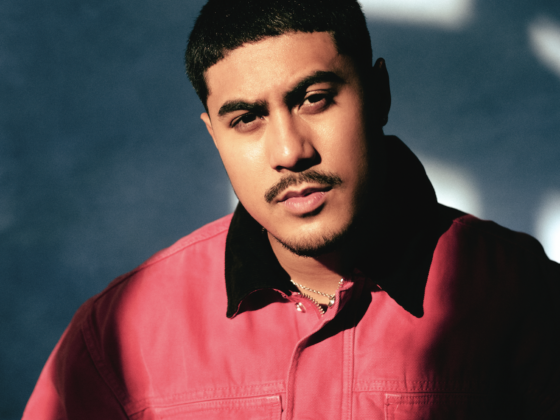In everyday life, chefs are pretty much like everyone else. Ordinarily, we wouldn’t be able to pick them out in crowds.
But it’s different in their “natural habitat,” the dining establishment–whether that is a restaurant, a cafeteria, or any other place where food is prepared on site. This is where they wear the uniform that says it all.
What do chefs wear? In this article, we’ll talk about that uniform and what makes it so special.
ADVERTISEMENT |
The Components of the Chef’s Uniform and Their History
The chef suit has a definite symbolic function. It represents “a standard of dress which … evokes a sense of being “in the presence of a skilled practitioner.”
The chef’s uniform has practical value as well. The Culinary Institute of America (CIA) explains that “each element plays an important role in keeping workers safe and comfortable in a potentially dangerous environment.”
What Do Chefs Wear? The Uniform Overall
Today’s chef’s uniforms come in a variety of colors and fabrics; however white cotton is still the standard due to tradition and the appearance of cleanliness. Hence the name “chef whites.”
It is essential that all parts of the uniform be kept well laundered, with chefs even going so far as to wash some components of it during the workday.
ADVERTISEMENT |
The Toque (La Toque Blanche)
This odd-looking piece of headwear, the traditional French chef hat, has a long and storied past, supposedly dating back to the ancient world. We’ll never know for sure how the toque truly began, but it’s fun to speculate.
One story has it that, out of fear of poisoning by enemies, royal households in the ancient world were scrupulous in hiring chefs–who were paid generously with money and land to keep them content.
Early chefs were rewarded symbolically as well, by wearing hats that modeled the crowns of their employers. The hat changed as the chef’s role changed–often due to conquest.
The rest, as they say, is history. In ensuing centuries, the hat continued to be adapted for symbolic reasons (e.g., its 100 folds), also for safety and sanitary reasons (e.g., to hold back hair).
Although no longer worn regularly by most chefs, the toque is still standard for competitions and ceremonies. These hats also will be worn in high-end restaurants–especially where the kitchen is visible to customers.
ADVERTISEMENT |
The Jacket
Chef jackets have some history of their own–though only going back to the mid-to-late 19th century in France. They began regular manufacture in 1878.
The front of the chef’s jacket has knotted buttons and wide flaps to provide extra coverage. The buttoning can be reversed if one side gets soiled
The Side Towel
It might seem surprising, but side towels are not used primarily to clean up spills. Rather, they are meant to serve a pot holder type of function should a chef need to pick up a hot item. If the towel were wet from a spill, that could be dangerous.
ADVERTISEMENT |
The Apron
The chef’s apron is worn over the jacket at the midsection, folded over on top and tied in front. It at least covers the knees. Another layer, more coverage and protection.
The Trousers
Chefs’ trousers are loose-fitting for comfort and safety. Traditionally, they are black and white, in either a checked or a houndstooth pattern. This is meant to disguise food stains.
The Shoes
Chef’s shoes are a very important element of the uniform. They protect the feet from dropped items or hot spills, as well as prevent slipping. Most chefs would want to buy the best chef shoes in the world or at least the best they can afford.
ADVERTISEMENT |
The Neckerchief
The neckerchief began as a means of protecting the neck from heat and absorbing perspiration. Those who wear this today do so for symbolic reasons.
Final Words
Anyone who has ever eaten in a restaurant and had the chef come to their table to ask how the meal was must feel very special. Chefs are busy people, and stepping out of the kitchen to check on their clients is what we call “above and beyond.”
It also shows how passionate and meticulous chefs can be about their work. In a time of fast food or pre-made dinners, having your food prepared by a true chef is becoming increasingly rare.
ADVERTISEMENT |
What do chefs wear? They wear tradition, and they wear it proudly.
So when you have a wonderful restaurant meal, be sure to reach out and thank the chef. That person is sure to appreciate it!





